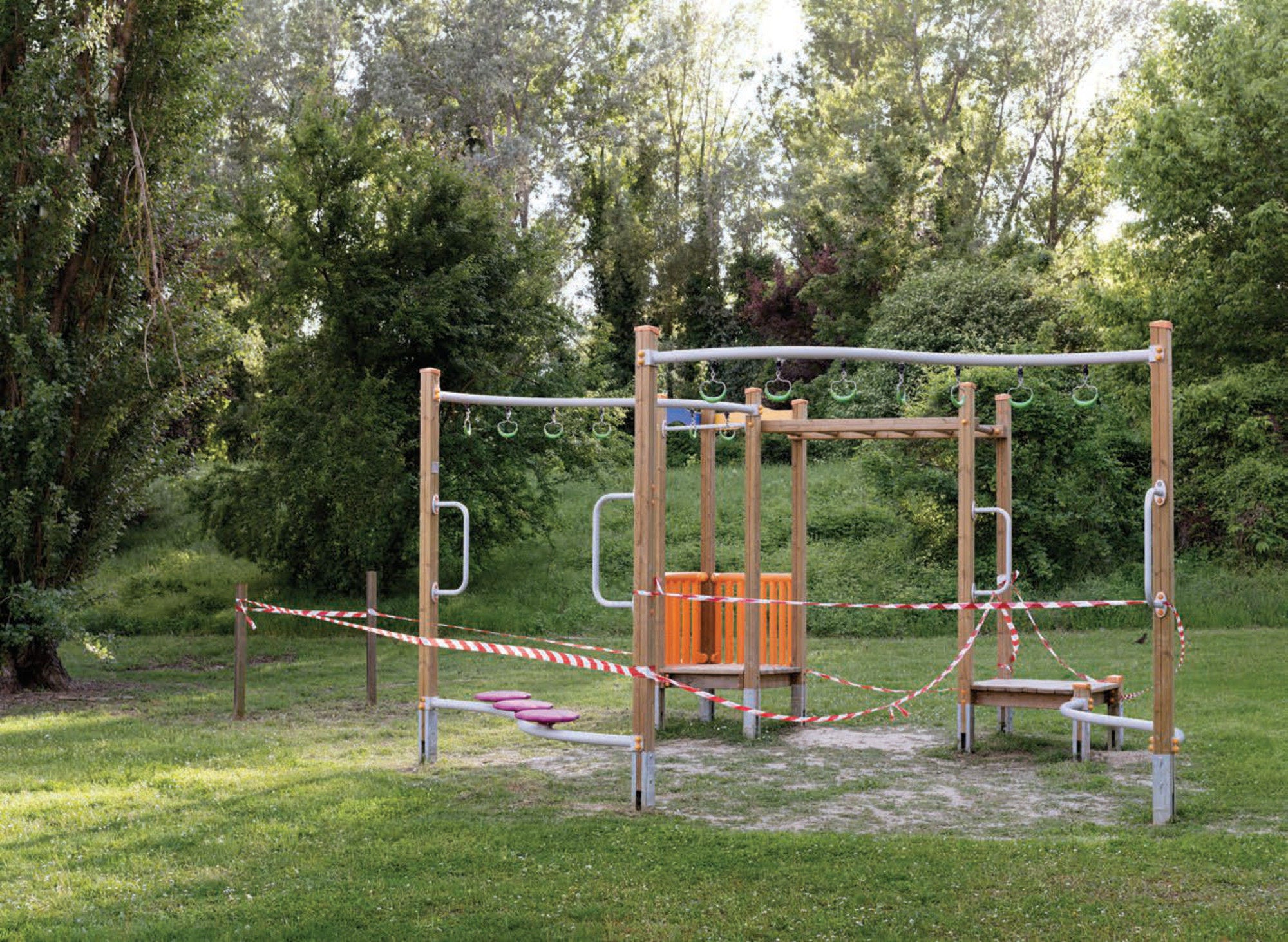After 18 months of disruption caused by the COVID-19 pandemic at students, teachers and parents, in most OECD countries, can look forward to a return to something close to ”normal” in schools. However, even in the absence of further disruption, as they move forward, education systems will need to deal with the effects of past disruption on students’ learning and well-being. What evidence do we have regarding these effects?
Since the beginning of the pandemic, the OECD has actively monitored the response of education systems and the measures implemented by governments to support learning during the crisis, both at the school and higher education levels. It has also documented, in real time, a host of country initiatives across the globe showing how a variety of actors, both governmental and non-governmental, worked together to support students and families in their learning while schools were closed.
This report looks at the consequences of the pandemic on schooling from a different perspective by focusing on the experience of children (and their families) during the first wave of school closures in the first half of 2020. How did children and their families deal with the sudden lockdowns and school closures? How did they manage the challenges of home-based schooling in the context of stay at home orders, strict restrictions on social contacts and mobility, and dramatic changes to the working arrangements of parents? The evidence suggests that while this period had its negative aspects, it also had its positive side. Overall, the picture presented in this report is relatively optimistic, offering a testimony to the adaptability and resilience of schoolchildren, their parents/guardians and their teachers.
Distance/remote education arrangements were put in place in emergency conditions. While by no means a perfect substitute for normal classes, they, nevertheless, ensured that most, though not all, children continued to have a connection with teachers and their schools. For the most part, teachers, students and parents adapted to the new arrangements. Most teachers continued to teach and most students continued to learn. Most parents were able to assist their children with their education if needed.
The experience of this period varied across social groups. While the majority of schoolchildren and their families negotiated this period without serious adverse effects on learning or well-being, this was not true for all. There is some evidence that the negative effects were greatest for children from less advantaged backgrounds.
For the moment, any assessment of the educational effects of the pandemic and the measures taken to control is, inevitably, provisional. The data available are limited in some important areas. For example, many countries suspended national testing programmes in 2020. Consequently, comparisons of achievement prior to and during or immediately after the pandemic-related disruptions exist in only a small number of countries and jurisdictions. In addition, disruptions to schooling of various types continued well into 2021 in many OECD countries. Equally importantly, most school systems took action designed to compensate for instruction that was missed during the school closures. Only by following the cohorts affected by the COVID-19 pandemic over a relatively long period can any lasting effects be identified.
The results of national testing programmes reinstated after their suspension in 2020 will provide vital information, as will international assessments such as the OECD Programme for International Student Assessment (PISA), which will collect data in 2022. In the meantime, this report provides initial food for thought to look to the future while learning from positives and negatives of how students, families and schools adapted to this unprecedented situation.
Andreas Schleicher
Director for Education and Skills
